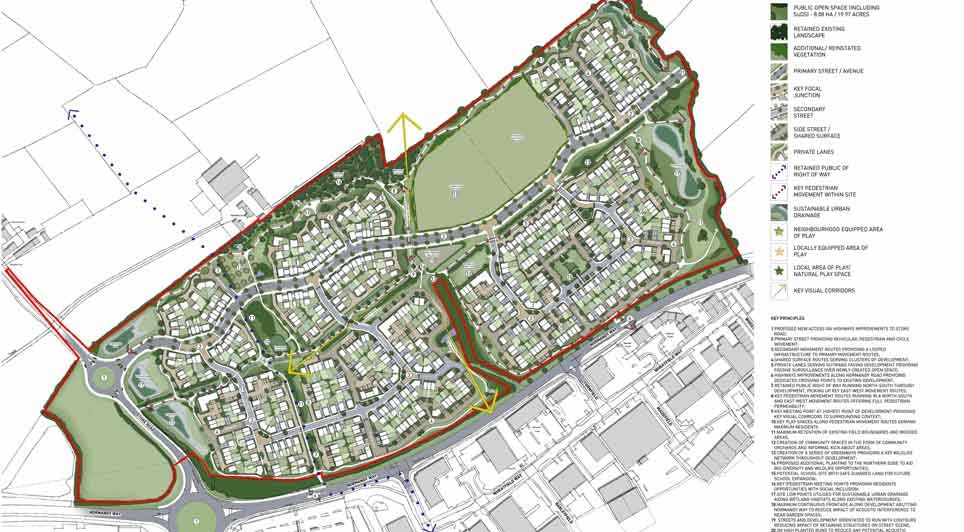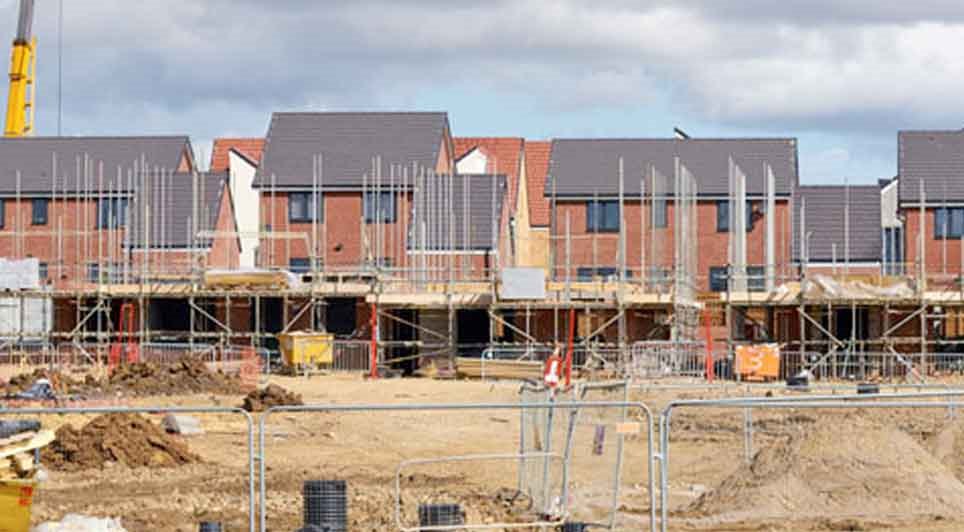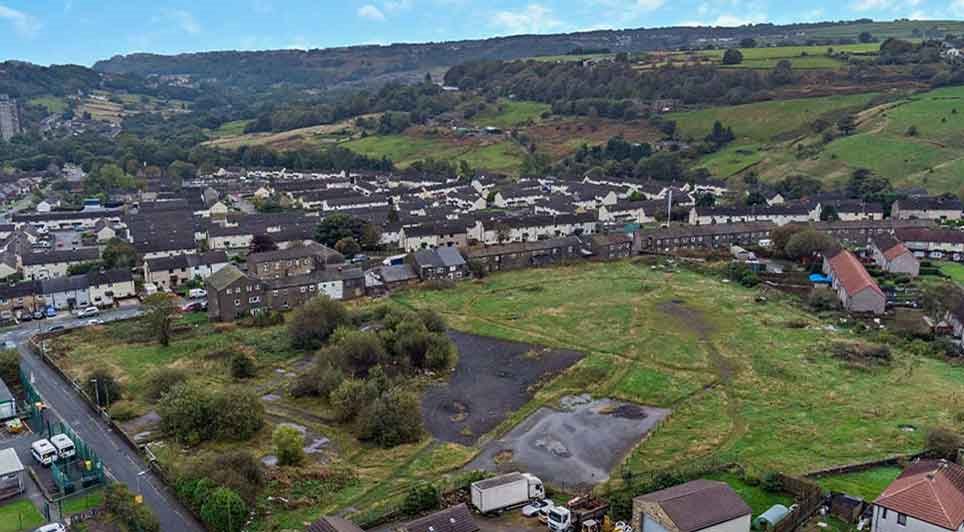Construction News
25/11/2009
Repossessions Can Be Predicted From An Early Stage
.gif)
New research has produced a unique insight into the characteristics and circumstances of people faced with their homes being repossessed.
The research is likely to make a major contribution to the prediction and prevention of repossessions in the future.
The research, undertaken by the Chartered Institute of Housing's (CIH) consultancy arm - ConsultCIH - looked at hundreds of repossession orders made in 2008 in the South West of England. The findings have identified valuable patterns of information around factors such as demographics, causes, lenders, court activity, advice services and support schemes.
The research identified some clear financial similarities and patterns of household behaviour, which are particularly valuable to identify those at risk of repossession.
These include:
"Whilst it is not possible to get much advance warning of a rise in repossessions – often between just four and eight months - organisations and agencies will now be in a much stronger position to take preventative action and target those households who fit the profile of those most at risk."
(CD/GK)
The research is likely to make a major contribution to the prediction and prevention of repossessions in the future.
The research, undertaken by the Chartered Institute of Housing's (CIH) consultancy arm - ConsultCIH - looked at hundreds of repossession orders made in 2008 in the South West of England. The findings have identified valuable patterns of information around factors such as demographics, causes, lenders, court activity, advice services and support schemes.
The research identified some clear financial similarities and patterns of household behaviour, which are particularly valuable to identify those at risk of repossession.
These include:
- Most borrowers are faced with repossession within four years of taking the mortgage out
- Established homeowners who have re-mortgaged to access equity in the past five years – as opposed to first time buyers – are more likely to face re-possession
- Almost all households facing repossession pay higher than average or unusually high rates of interest
- Evidence suggests that most people getting into financial difficulty have borrowed right up to their limit
- Households generally stop paying their mortgage altogether, rather than reducing or deferring payments
- Repossession orders are dominated by banks that have received government assistance, specialist and non-prime lenders
- The interest rates on loans subject to repossession have generally increased between start of arrears and court hearings
- Arrears of five months or more are likely to make it difficult to avoid repossession
"Whilst it is not possible to get much advance warning of a rise in repossessions – often between just four and eight months - organisations and agencies will now be in a much stronger position to take preventative action and target those households who fit the profile of those most at risk."
(CD/GK)

05/02/2025
Stockport Mayoral Development Corporation (MDC) and ECF, a joint venture between Homes England, Legal & General, and Muse, have selected Vinci as the preferred contractor for Phase 1 of Stockport 8, a £350 million residential development west of Stockport town centre.
The decision follows a competi

05/02/2025
Vistry Group has finalised contracts for a significant housing development in Hinckley, Leicestershire, securing outline planning permission to deliver 475 new homes in the area.
The development, located east of Stoke Road and north of Normandy Way in the town's northern region, has a projected val

05/02/2025
Wilten Construction has been awarded a second Design and Build contract at Gateway 14 by client Gateway 14 Ltd and Jaynic.
The project involves the development of a state-of-the-art, three-storey Skills and Innovation Centre spanning 35,000 sq ft in the heart of Gateway 14. Designed to achieve BREE

05/02/2025
Knowsley Council has approved a major housing development in Kirkby, giving the green light to 800 new energy-efficient homes in the town's centre.
The decision also secures £7.7 million in Section 106 contributions from developer Barratt David Wilson Homes, further boosting local investment.
The

05/02/2025
Keepmoat Homes has announced plans to invest over £50 million in three new housing developments across Calderdale, aiming to deliver more than 200 new homes.
The developments, undertaken in partnership with Calderdale Council, form part of the North Halifax Transformation Programme, a local authori

05/02/2025
Essential renewal work at Skerne Road level crossing in Driffield has been completed. Over a six-day period, engineers replaced decades-old equipment, installing a state-of-the-art operating system, replacing the level crossing deck, and resurfacing the road.
The newly installed operating system is

05/02/2025
Construction firm GRAHAM is currently carrying out essential restoration work at the National Railway Museum in York, replacing the Grade II listed roof structure at Station Hall.
Originally built between 1875 and 1877 as a goods station, Station Hall now houses the museum’s six royal carriages.

05/02/2025
Mezzanine floors are commonly associated with additional storage or expanded floor space, but did you know they can also have a profound impact on employee productivity and morale? At Doity Engineering, we specialise in designing and installing mezzanine floors for

05/02/2025
Construction work is commencing on a new solar array at Weeton Barracks in Lancashire that will generate over one third of the site’s energy needs.
The work has been funded under the British Army’s Project Prometheus, a scheme that is increasing renewable energy across the army estate through inst

05/02/2025
The regeneration of Hartlepool's waterfront has reached a significant milestone with a £631,000 grant from The National Lottery Heritage Fund.
The funding will support the development phase of the 'Tides of Change' project, aimed at transforming the visitor experience at the Museum of Hartlepool a
 UK
UK Ireland
Ireland Scotland
Scotland London
London











